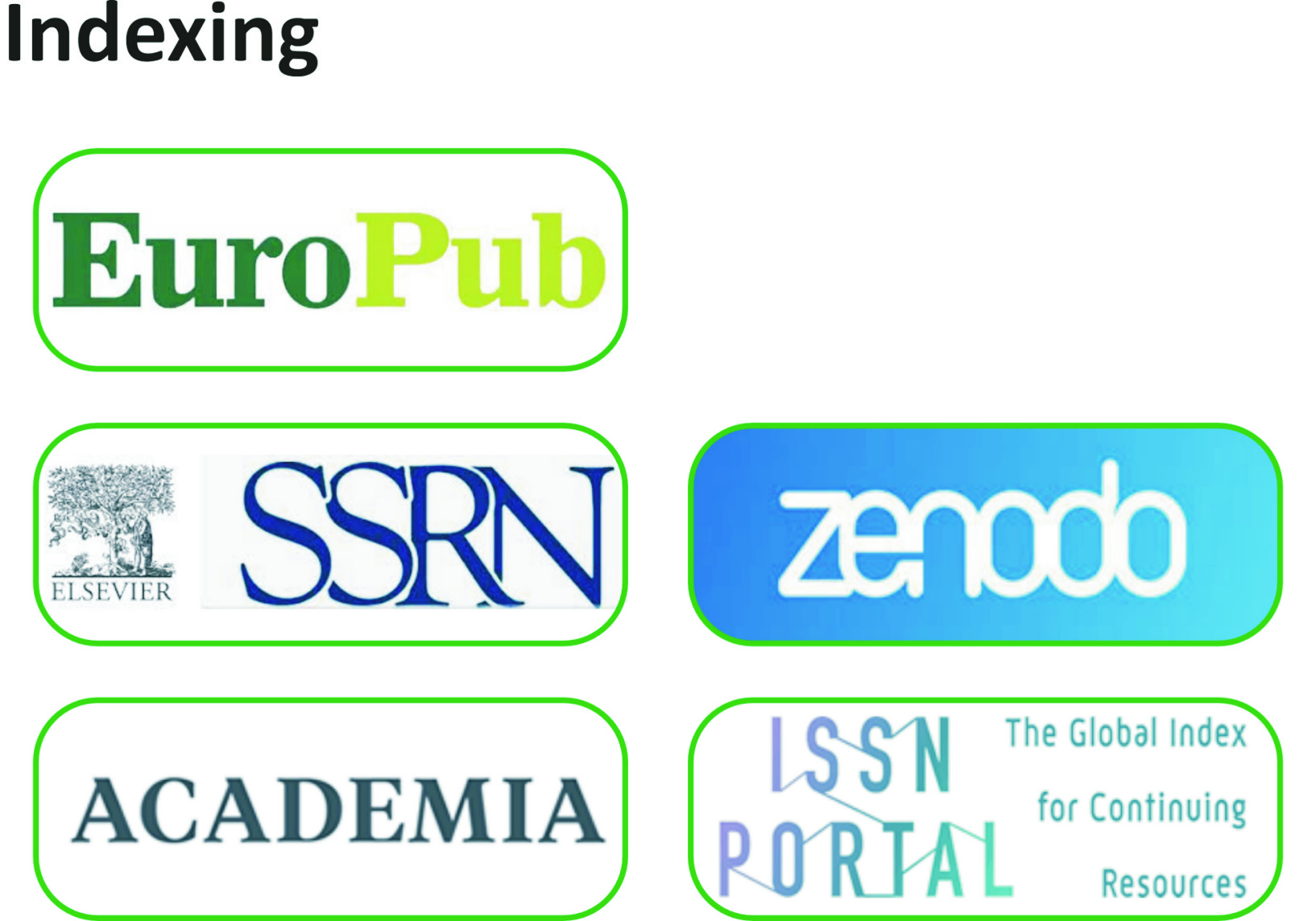Neural Network in Schrodinger Equation with Deep Learning
Abstract
The development of machine learning (ML) and artificial intelligence (AI) has elevated scientific research and studies, including physics, to new levels. the creation of animated visual simulations of the physical processes under study, powered by machine learning and neural network algorithms, which transform abstract theories and equations into clear and captivating visual representations of those phenomena. This paper aims to show how computational models can bridge the gap between the practical, educational uses of theoretical physics and its pure form. The simulation deals with solving and displaying the time-independent Schrödinger equation are presented in this study. This tool makes it easy to comprehend quantum behavior in constrained systems by showing potential wells, energy levels, and wave functions. Through the integration of mathematical datasets and physical limitations into a Python-based framework, this simulation employed machine learning and neural networks to handle massive amounts of data and solve intricate, mathematically stated equations that were previously believed to be beyond computing. By integrating physics-informed neural networks (PINNs), machine learning algorithms were utilized to solve the wave equation numerically for the Schrödinger equation simulation, providing a precise depiction of the quantum states.






